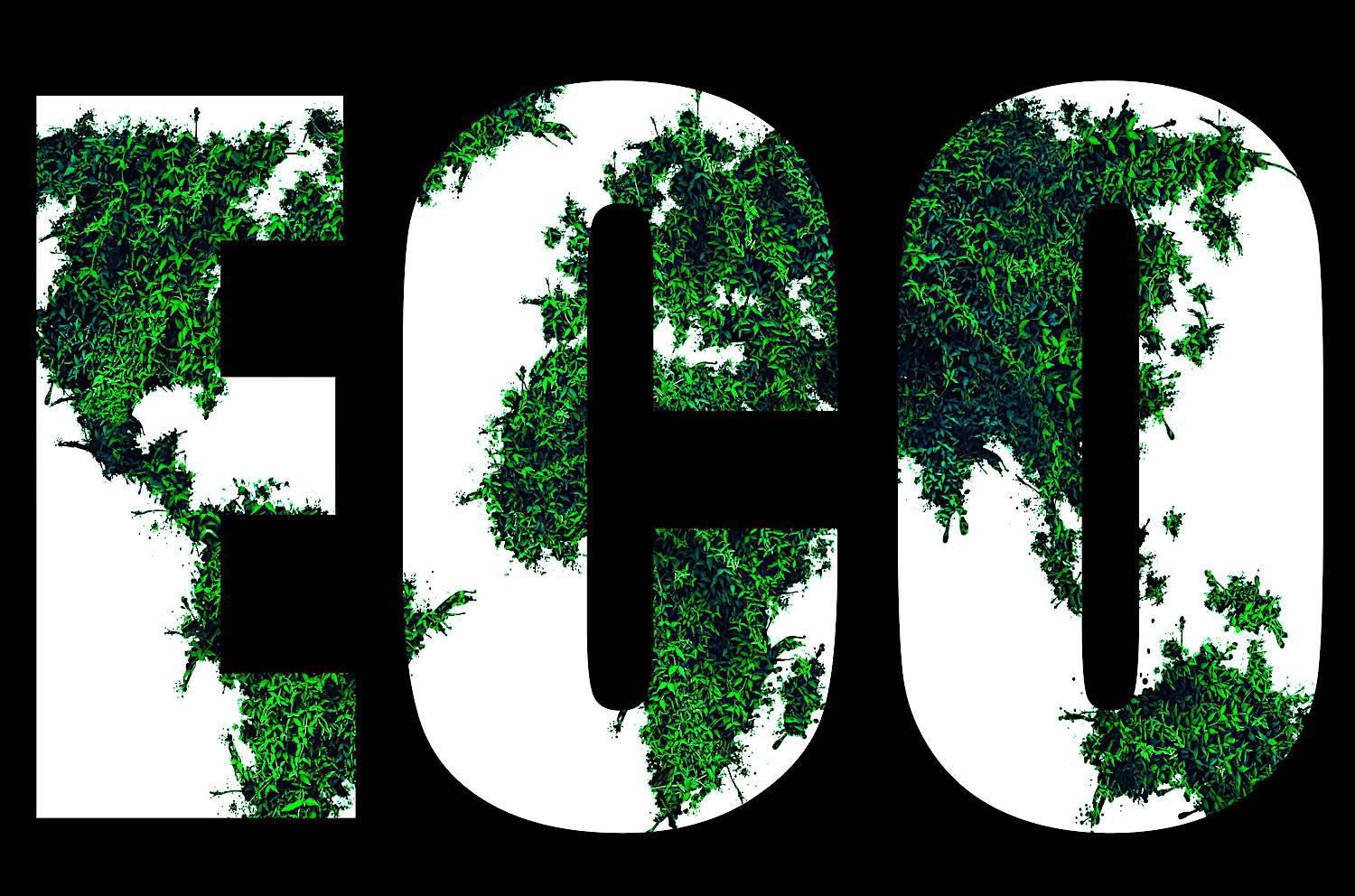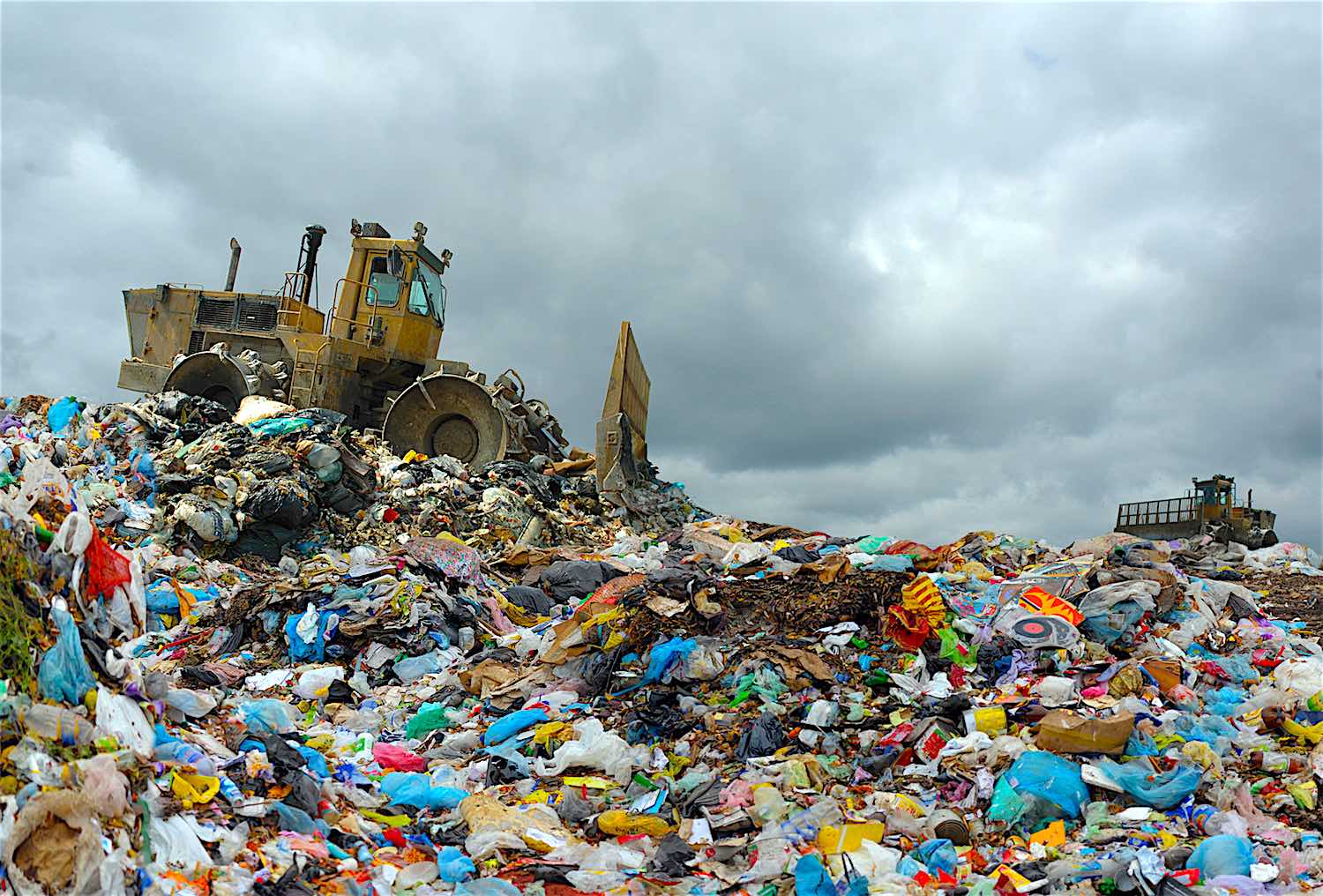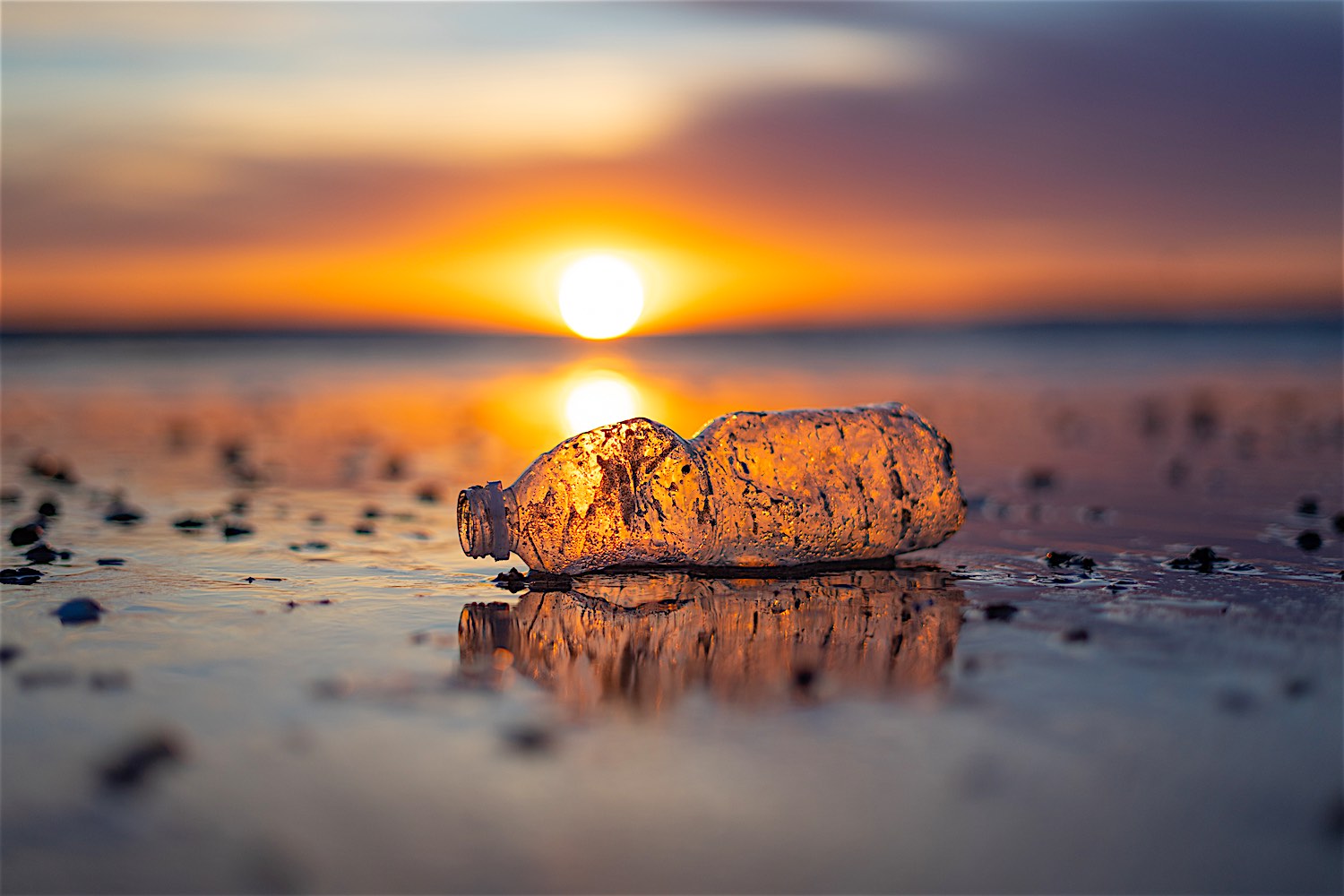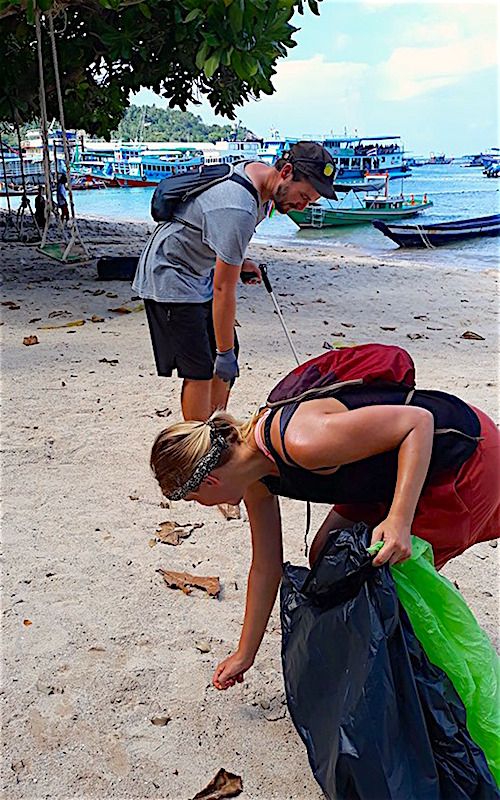Land Based Conservation on Koh Tao
As an intellectual species, taking care of the land that we live on is vital to our continued survival.
As Koh Tao is such a small island, it is essential there are land based conservation initiatives in place to maintain the natural beauty of the landscape.
Although the resident local population is small, visitor numbers who travel to the island are high, so the local community has developed a range of land based conservation efforts.

Land Conservation Recycling Koh Tao
Non biodegradable products need to be shipped off the island to be processed responsibly on the mainland.
Local businesses and individuals have set up collection points on the island, so these products can be collected and transported to the mainland recycling points.
There are land and beach clean ups organised by local volunteers, businesses and dive centres and you will find an event happening virtually every day that you can join.

Reducing Plastic Waste on Koh Tao
Local shops including seven eleven and supermarkets have stopped using single use plastic bags and encourage shoppers to bring their own re-usable bags when buying products.
Local bars and restaurants have switched to metal or bamboo straws for drinks to help eliminate the excessive amounts of plastic straws that find their way into the ocean.

Land Conservation and Cigarette Butts
There are volunteer organised cigarette butt clean ups to help remove the millions of toxic cigarette butts that find their way into the sea.
Koh Tao offers a range of educational courses and awareness initiatives to promote responsible living so everyone can get involved and contribute to a cleaner and more healthy environment.

The Importance of Land Based Conservation
Both natural and agricultural lands provide an essential part of our planets support system.
They provide and filter our water supply, allow us to grow foods and provide us with protection from natural disasters.
The natural environment provides us with places where we can enjoy recreational activities, or simply sit and reflect and it contributes towards cleaner air by absorbing CO2.

Land based Conservation Initiatives
Land based Conservation is often viewed as less urgent than the need to protect endangered species, however, the two often go hand in hand.
The loss of natural and agricultural land impacts the ecosystems that are found in those areas.
Ecosystems & Biodiversity
The disruption of the ecosystem often leads to a decrease in its biodiversity which, in turn, causes an increase in the likelihood of species extinction.
One of the obvious impacts caused by the loss of natural lands is the increased risks we face from natural disasters.
Wetlands act as natural storm water transfer systems which can help us deal with hazards such as extreme temperatures and coastal storms.
The loss of these wetland areas increases the likelihood that areas will flood during storms or face drought during extreme temperatures.

Land Conservation and Deforestation
Additionally, deforestation has a major effect on how these lands are impacted by heavy storms.
The removal of trees causes widespread soil erosion as the roots usually anchor the soil in place.
Once the rains come, this loose soil is washed away, often creating mudslides, and ends up in local streams and rivers.
Once it reaches the water system, it can impact hydroelectric projects, irrigation systems and increase the sediment load, which affects marine life.
There are a number of techniques used by land conservationists, depending on the severity of the damage and the aim of the project.
These include mitigation, preservation, remediation and restoration.

Preservation
Preservation follows the premise that lands should be maintained in their natural form.
Those who subscribe to this method of conservation believe that the only use humans should have for the land is to enjoy its beauty and use it for inspiration.
Protectionists want land to be protected from any development.
Restoration
Restoration involves returning land to its original, authentic state, which would also allow the ecosystems on that land to return to their natural balance.
In order to restore an area, you first have to research the historical conditions so you can develop the correct methods to return it to its natural state.
This may include re-introducing native animals and plants, restoring waterways to the natural path and removing human infrastructure.
Remediation

Remediation is a process whereby the area is cleaned using mild and non-destructive methods.
The primary aim is to clean up the area, restoring it to its original state, with as little additional disturbance as possible.
There are a variety of methods that can be used to clean up areas, one example of which is bioremediation which is the use of naturally occurring organisms to break down the pollutants.
Mitigation
Mitigation involves replacing a damaged site with a fresh site, which has the same ecological value, in a new location.
The replanting of trees when you cut them down is an example of mitigation. For some conservationists this is the least preferable option as, although it compensates for the destruction of land, it still allows it to occur.
When visiting Koh Tao, local businesses and the community would welcome assistance from any volunteers who can offer expertise, or just join in one of the regular conservation initiatives.


















